-
Earth got even hotter than we thought during past 500 million years
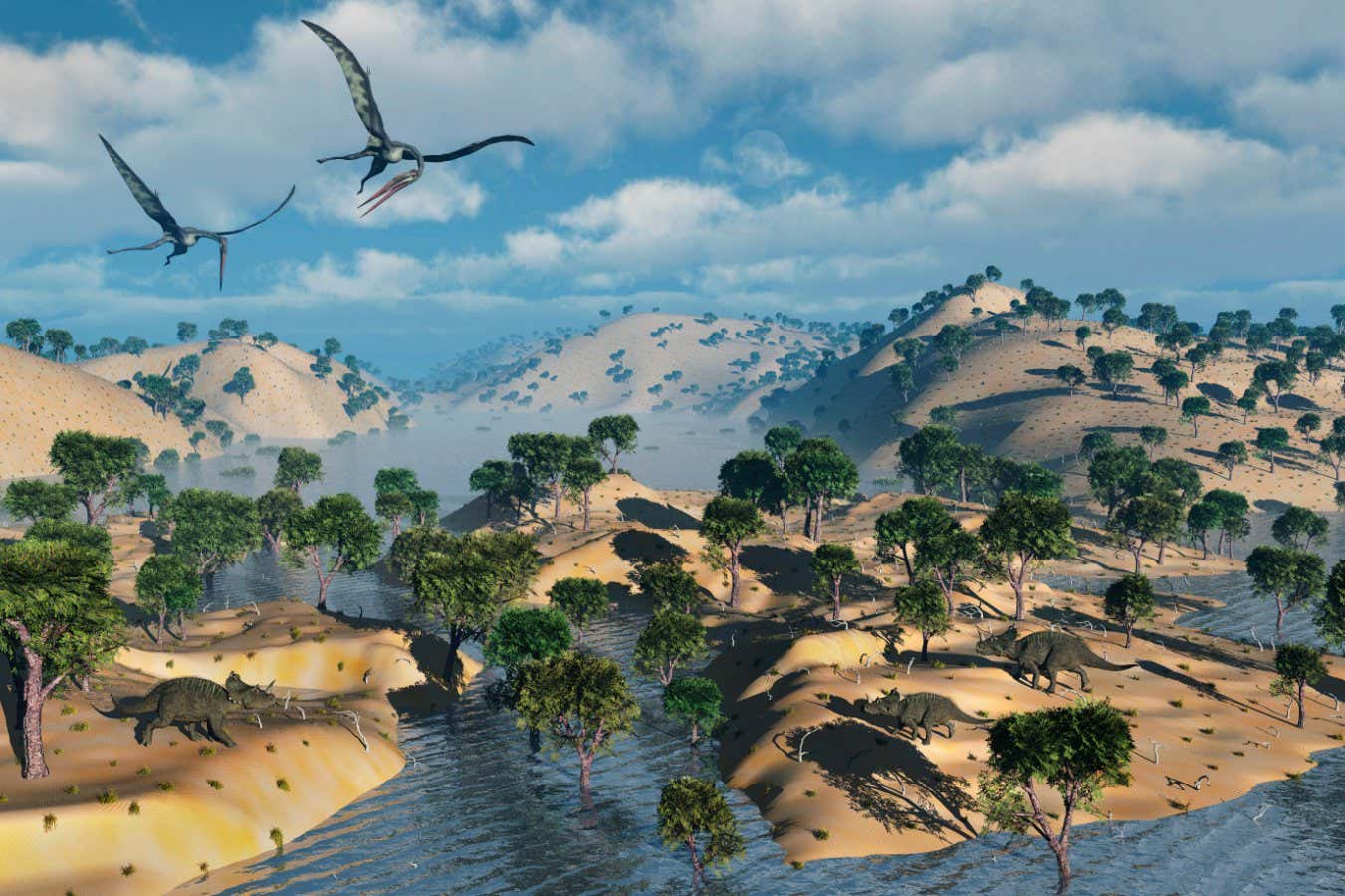
Illustration of pterosaurs over a Cretaceous landscape, in a time when Earth was warmer than today MasPix / Alamy During the past 500 million years – the time when animals and land plants evolved – the average surface temperature of the planet varied more widely and got even hotter than previously thought. The mean global…
-
Prehistoric Earth Was Very Hot. That Offers Clues About Future Earth.
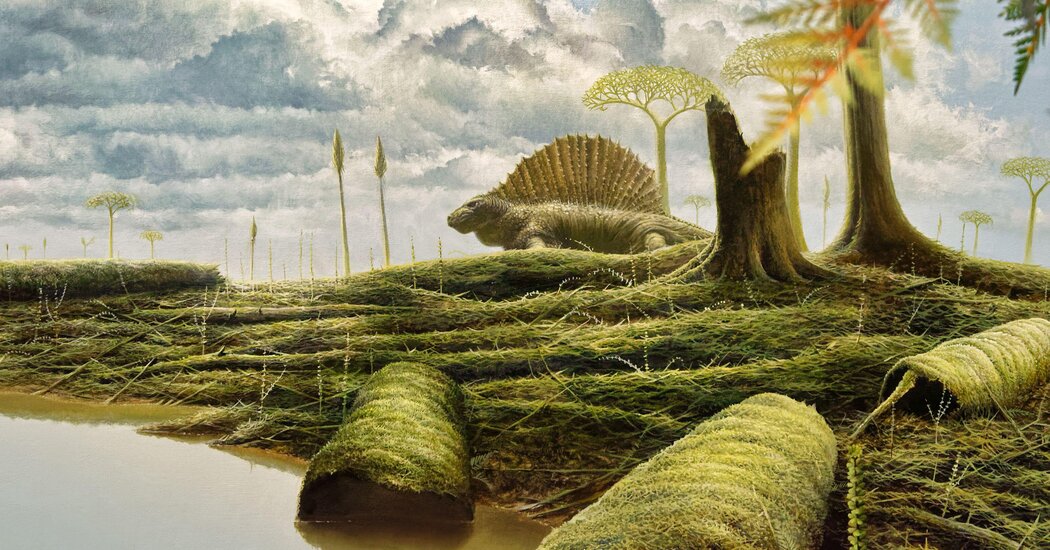
At times during the past half-billion years, carbon dioxide warmed our planet more than previously thought, according to a new reconstruction of Earth’s deep past. Over the past 500 million years, our planet has gone from hot to cold to hot again. The oceans have risen and fallen. Ice caps have melted and reformed. It…
-
Scientists say there is enough evidence to agree to global action on microplastics

Credit: Unsplash/CC0 Public Domain Science has provided more than sufficient evidence to inform a collective and global approach to tackle the continued spread of plastic pollution, according to a new report. Writing in the journal Science, an international group of experts say the need for worldwide action to tackle all forms of plastic and microplastic…
-
Earth’s ancient ‘greenhouse’ conditions were hotter than thought
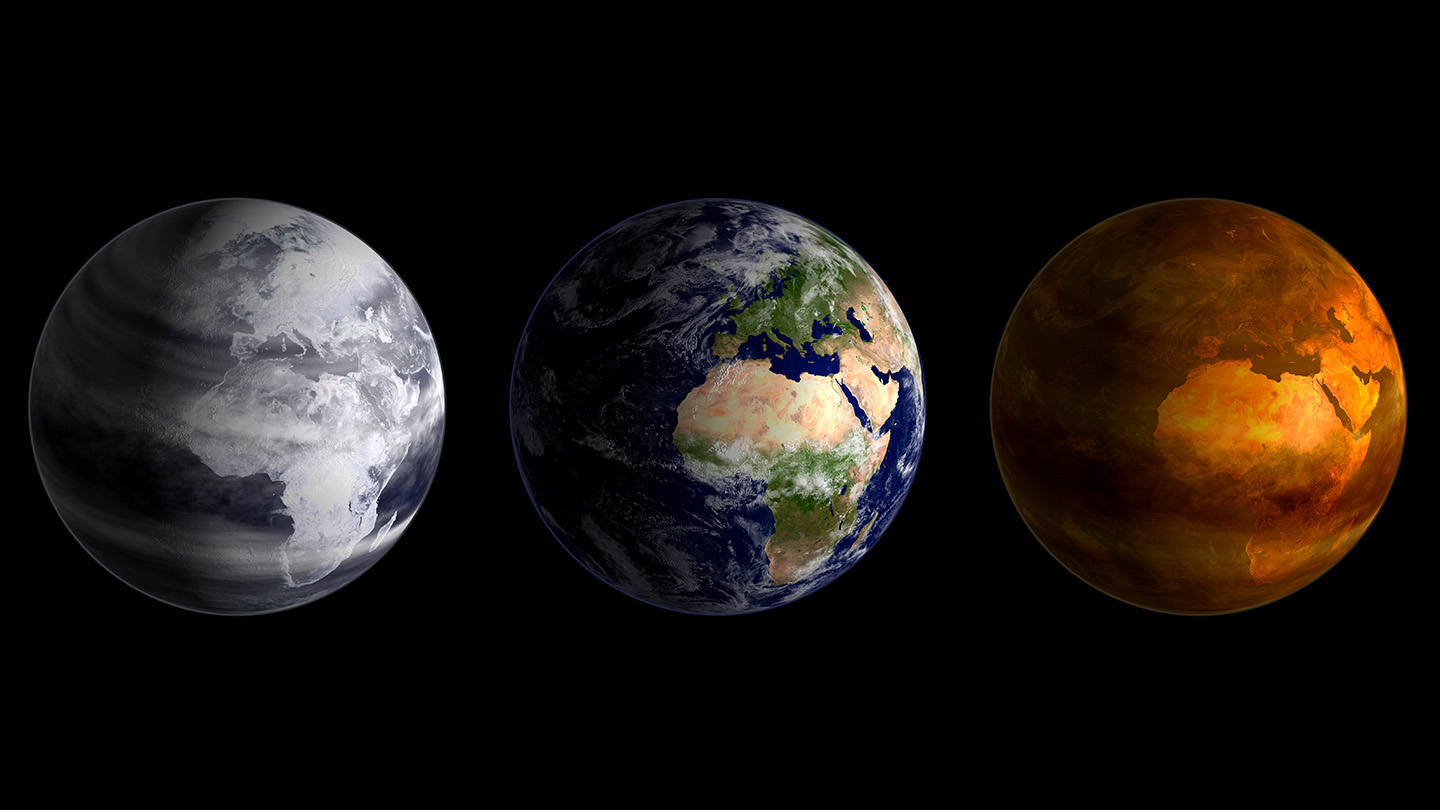
Over the last 485 million years, Earth has been both a lot colder and a lot hotter than once thought. A new temperature timeline that combines geologic data with computational simulations reveals a rich, detailed and dramatic picture of the ebb and flow of icehouse and greenhouse conditions on Earth throughout this span of time,…
-
Researchers create tiny nuclear-powered battery thousands of times more efficient than predecessors

<div data-thumb="https://scx1.b-cdn.net/csz/news/tmb/2024/tiny-nuclear-powered-b-1.jpg" data-src="https://scx2.b-cdn.net/gfx/news/hires/2024/tiny-nuclear-powered-b-1.jpg" data-sub-html="Two different architectures of radiophotovoltaic batteries. Credit: Nature (2024). DOI: 10.1038/s41586-024-07933-9″> Two different architectures of radiophotovoltaic batteries. Credit: Nature (2024). DOI: 10.1038/s41586-024-07933-9 A team of physicists and engineers affiliated with several institutions in China has developed an extremely small nuclear battery that they claim is up to 8,000 times more efficient than…
-
Potential Major Discovery Of 11 Objects Far Beyond The Kuiper Belt
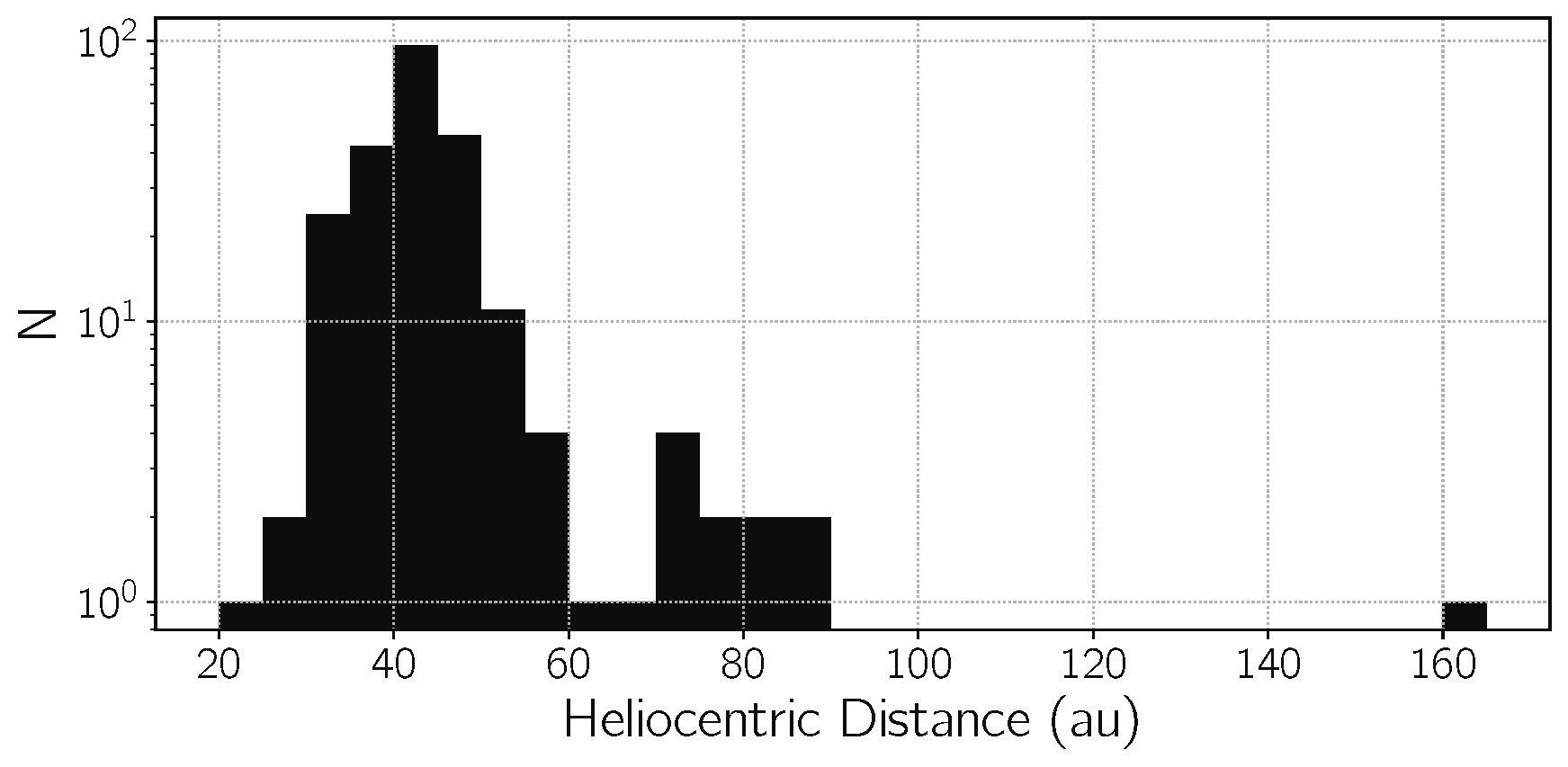
Researchers looking for objects in the Kuiper Belt – the donut-shaped region beyond the orbit of Neptune containing icy objects including dwarf planet Pluto – appear to have found 11 objects far beyond it. It could be a major discovery – revealing, among other things, that the Solar System is much larger than we thought.…
-
Explaining dramatic planetwide changes after world’s last ‘Snowball Earth’ event
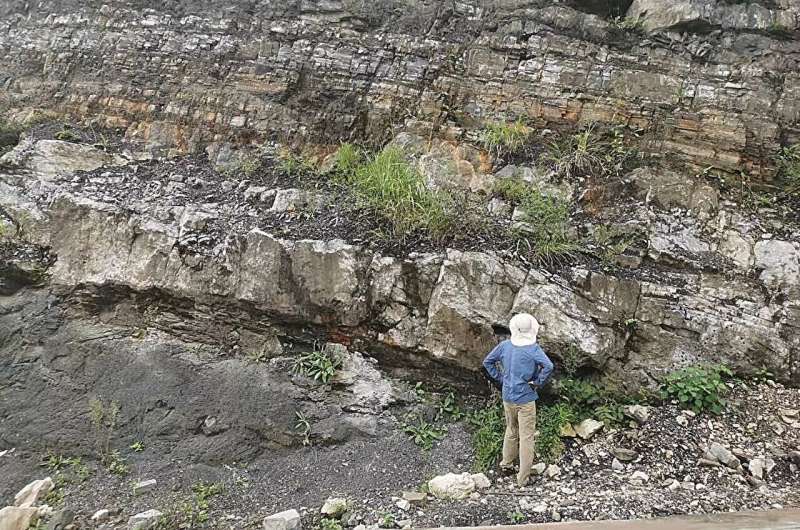
A person looks at cap carbonate rocks in South China in 2019. The new study provides a new explanation for dramatic global environmental changes that led to their formation. Credit: Yarong Liu Some of the most dramatic climatic events in our planet’s history are “Snowball Earth” events that happened hundreds of millions of years ago,…
-
Droughts likely to be even longer in the future due to climate change
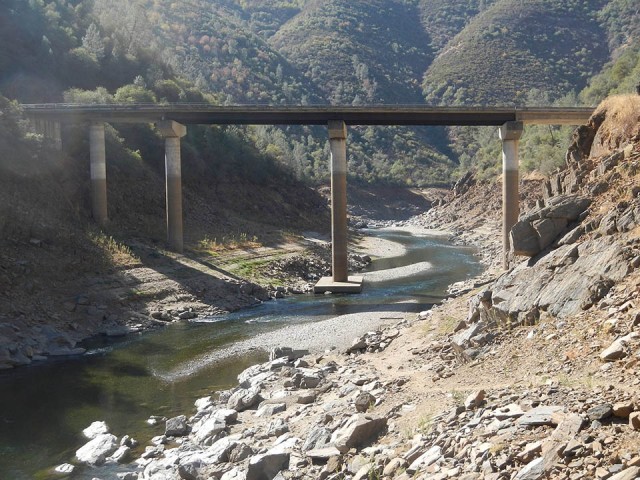
USGS Droughts in the coming decades could be longer than projected by current climate models, a new study published Wednesday in Nature warns. The international team of scientists examined potential biases that could skew climate models used to make drought projections under Intergovernmental Panel on Climate Change midrange and high emissions scenarios. The researchers corrected…
-
Study: Over nearly half a billion years, Earth’s global temperature has changed drastically, driven by carbon dioxide
image: Jessica Tierney is a paleoclimatologist at the University of Arizona and a co-author of the new paper. view more Credit: University of Arizona Published in the journal Science, the study presents a curve of global mean surface temperature that reveals Earth’s temperature has varied more than previously thought over much of the Phanerozoic Eon a…
-
New research re-envisions Earth’s mantle as a relatively uniform reservoir
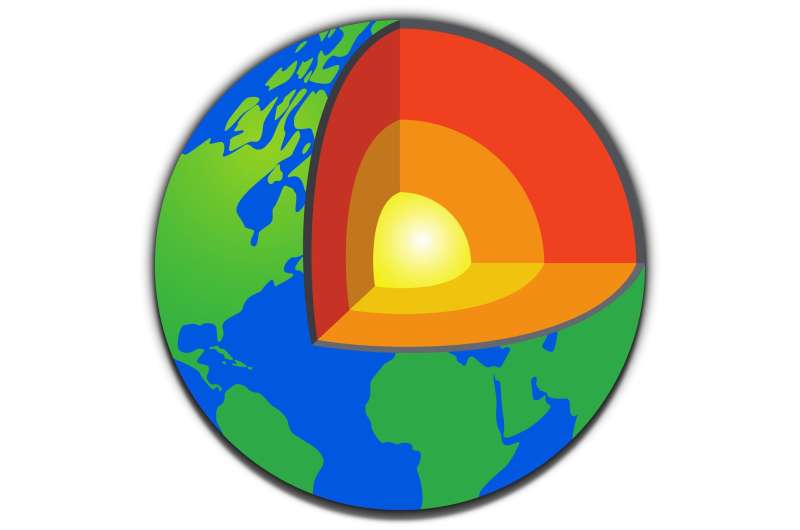
Credit: Pixabay/CC0 Public Domain Lavas from hotspots—whether erupting in Hawaii, Samoa or Iceland—likely originate from a worldwide, uniform reservoir in Earth’s mantle, according to an evaluation of volcanic hotspots published in Nature Geoscience. The findings indicate Earth’s mantle is far more chemically homogenous than scientists previously thought—and that lavas only acquire their unique chemical “flavors”…
